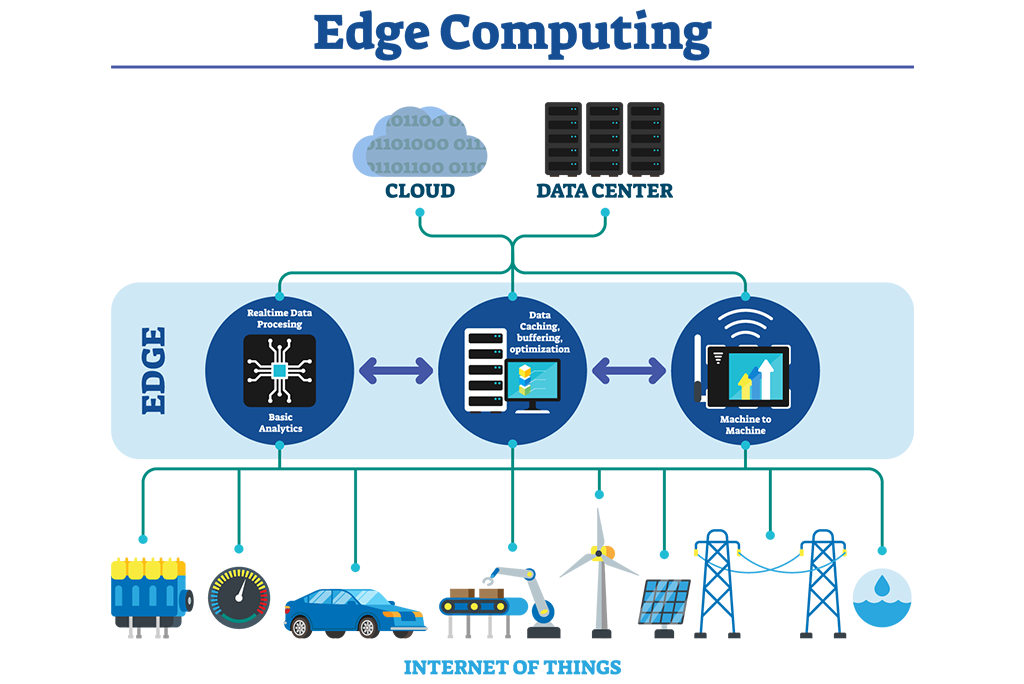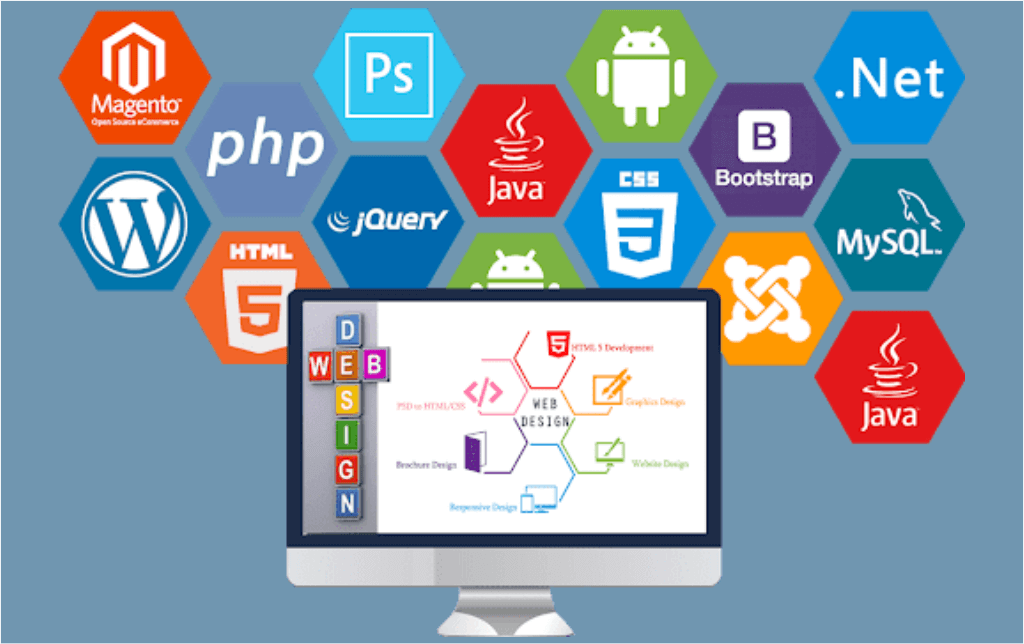To date, we all are well used to cloud computing and understand the numerous ways in which cloud computing benefits businesses and makes our daily lives more peaceful. Does Edge Computing have a similar impact? Well, let’s find out in this post. But before that, you first need to know what Edge Computing is?
What Is Edge Computing?
Edge Computing is a networking theory centered on drawing computing adjacent to the data as plausible to lessen latency and bandwidth usage. In naive words, edge computing implies operating fewer processes in the cloud and driving those processes to local places, such as on a user’s computer, an IoT device, or an edge server.
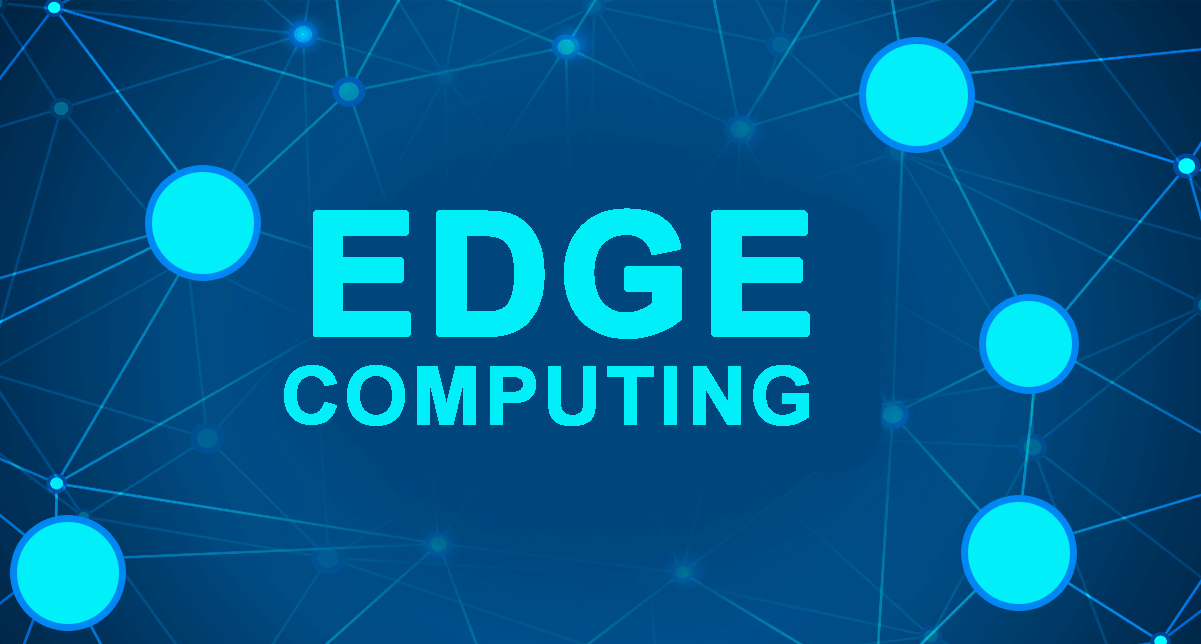
Why Does Edge Computing Matter?
For many businesses, the cost savings solely can be a whip towards extending an edge-computing architecture. Firms that adopted the cloud for several of their applications may have seen that the costs in bandwidth were more expensive than they foresaw.
Frequently, the biggest advantage of edge computing is the capacity to process and store data faster, allowing more efficient real-time applications that are crucial to corporations.
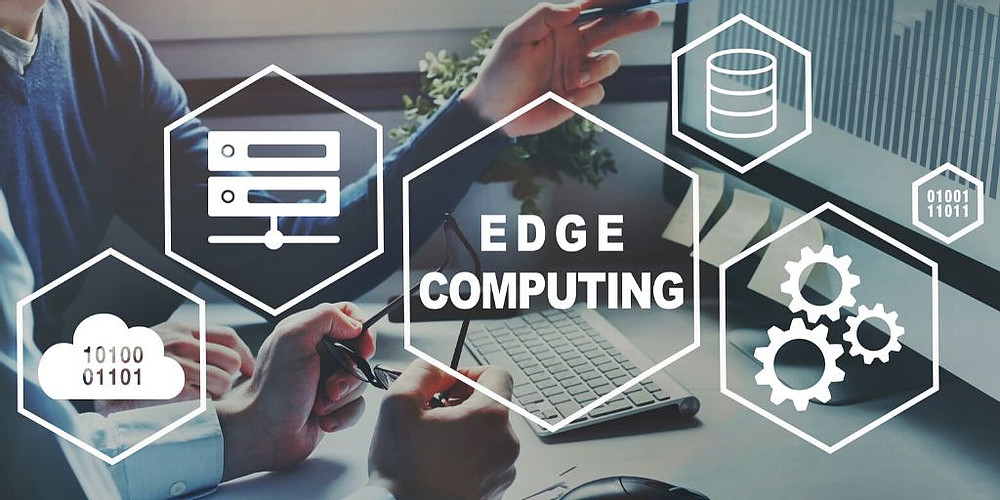
How Does Edge Computing Work?
Edge computing is all a subject of location. In conventional business computing, data is produced at a customer endpoint, such as a user’s computer. That data is driven over a WAN such as the internet, through the corporate LAN, where the information is saved and worked upon by an industry application. Results of that work are then sent back to the customer endpoint. This continues a proven and time-tested passageway to client-server computing for most standard enterprise applications.

Examples Of Edge Computing
- In manufacturing setup, edge devices can control the actions of the various devices, analyze them, modify their operating parameters, and improve the effectiveness of the devices, and the more extensive assembly line. It can additionally do an imminent investigation to forecast failures and schedule the requirement for maintenance.
- Smart city solutions can be customized through the use of edge computing. It can involve traffic maintenance, law and order monitoring, maintenance of utilities, and tackling obstacles like floods and fire on a real-time basis.
What Are The Benefits Of Edge Computing?
Below are some of the immeasurable benefits of Edge Computing that you should know.
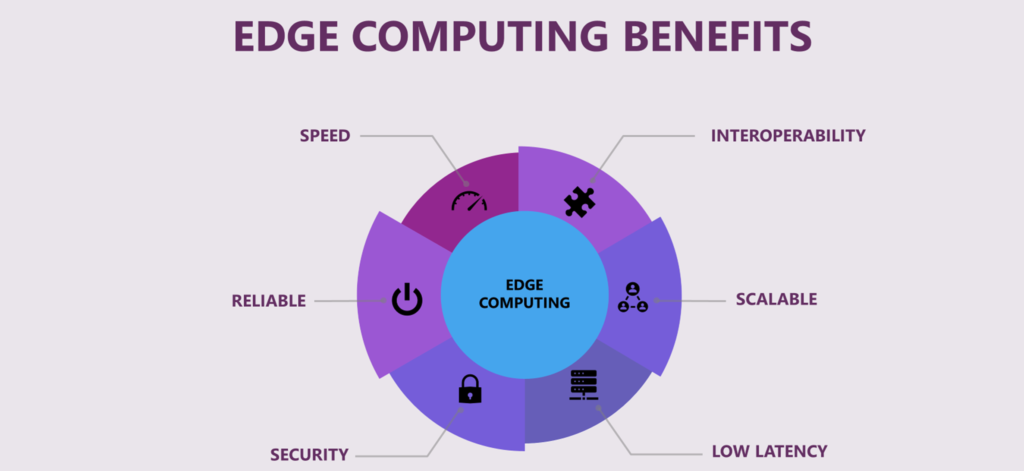
- First Of All, Speed
In this world, Speed does play a vital role, especially in businesses. For instance, in the healthcare industry, losing a portion of a flash can be a thing of life and death. Also, in the financial sector, a bit of a slowdown in trading can have steep ends.
One of the most imperative advantages of edge computing is its ability to increase network performance by decreasing latency.
- Security
It offers more immeasurable security by distributing processing, storage, and applications over a broad array of devices and data centers- that makes it challenging for any single division to take down the network.
- Greater Reliability
IoT incorporates some comely remote territories composed of rural and less than optimal conditions concerning internet connectivity. When edge devices can locally store and process ensuring data, it enhances reliability.
- Cost
For every business, the cost is one of the most significant factors. Utilizing edge computing for IoT enables users to lessen the bandwidth and data storage requirement and substitute datacenters with device solutions. So, there is a meaningful cost reduction in implementing IoT devices and applications.
- Safe For The Climate
Dispersing power across a wider terrestrial location is more energy-efficient than putting it in a cloud and depending on huge bandwidth fiber optics links for connectivity. And since edge-based computing additionally needs fewer facilities and infrastructure, more atomic power is employed, protecting the environment.
- At Last, Real-Time Data Analysis
Data is sent to one central location for its analyses to take proper action. Though, edge computing enables data analysis to take place near the area where it is formed. With edge technology, the data can be grasped to its start point, which is optimal for almost real-time decision making.
Edge Computing is growing more prevalent in large systems, for instance, the IoT. Its advantages mean applications based on edge computing are growing agile and real-time systems, such as traffic management, self-driving vehicles, security systems, remote monitoring of oil & gas, smart grids, smart cities & more.



